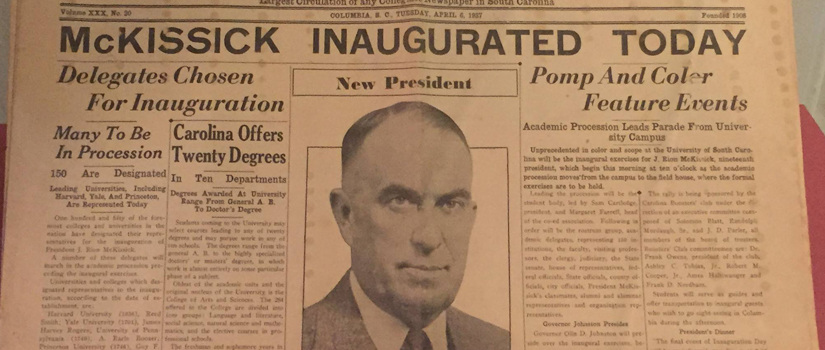The beginnings of the Museum's rich and diverse holdings date to 1823 when the University purchased the extensive mineral collection of naturalist Thomas Cooper. In the 19th and early 20th century the University of South Carolina was the only repository for cultural artifacts in the capital city and became the home to many collections. In 1976, the university established McKissick Museum to interpret and preserve these objects. Since our establishment, we've placed a strong emphasis on researching and interpreting its collections.
Our Collections
McKissick’s permanent collections encompass the broad range of artifacts the represent our mission to tell the story of Southern life.
The museum’s emphasis on collecting and researching southern traditional crafts and traditions prompted the establishment of the Folklife Resource Center in 1985, with objects made by the NEA Folk Heritage Award winners and South Carolina’s Jean Laney Harris Folk Heritage Award winners.
The Natural Science collections which started with Thomas Cooper now include the J. Harry Howard gemstone collection as well as mineral specimens such as those collected by Lawrence L. Smith and Burnham Colburn and the world-renowned Richard B. Dominick Butterfly and Moth Collection.
The fine art collection includes works by past and present University of South Carolina art department faculty as well as regional artists such as Eldridge Bagley and Jonathan Green.
The material culture collections include quilts and other household textiles, art glass, alkaline-glazed stoneware, Catawba pottery, and the Charles T. (Bud) Ferillo, Jr. Collection of political memorabilia.
We are the proud home of objects relating to the history of the University of South Carolina from student life to academics to athletics.
